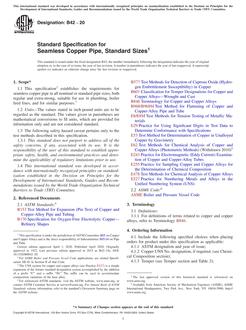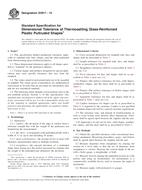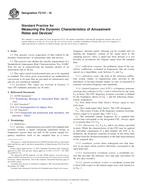1.1 This practice covers the calculation, from instrumentally measured color coordinates based on daylight illumination, of color tolerances and small color differences between opaque specimens such as painted panels, plastic plaques, or textile swatches. Where it is suspected that the specimens may be metameric, that is, possess different spectral curves though visually alike in color, Practice D 4086 should be used to verify instrumental results. The tolerances and differences determined by these procedures are expressed in terms of approximately uniform visual color perception in CIE 1976 CIELAB opponent-color space (1), CMC tolerance units (2), CIE94 tolerance units (3), the DIN99 color difference formula given in DIN 6176 (4), or the new CIEDE2000 color difference units (5). The color differences based on Hunter LH, aH, bH opponent-color space (6), or the Friele-MacAdam-Chickering (FMC-2) color space (7), are no longer recommended for industrial practice.
1.2 For product specification, the purchaser and the seller shall agree upon the permissible color tolerance between test specimen and reference and the procedure for calculating the color tolerance. Each material and condition of use may require specific color tolerances because other appearance factors, (for example, specimen proximity, gloss, and texture), may affect the correlation between the magnitude of a measured color difference and its commercial acceptability.
1.3 This standard does not purport to address all of the safety concerns, if any, associated with its use. It is the responsibility of the user of this standard to establish appropriate safety and health practices and determine the applicability of regulatory requirements prior to use.
Product Details
- Published:
- 06/10/2002
- Number of Pages:
- 10
- File Size:
- 1 file , 160 KB


